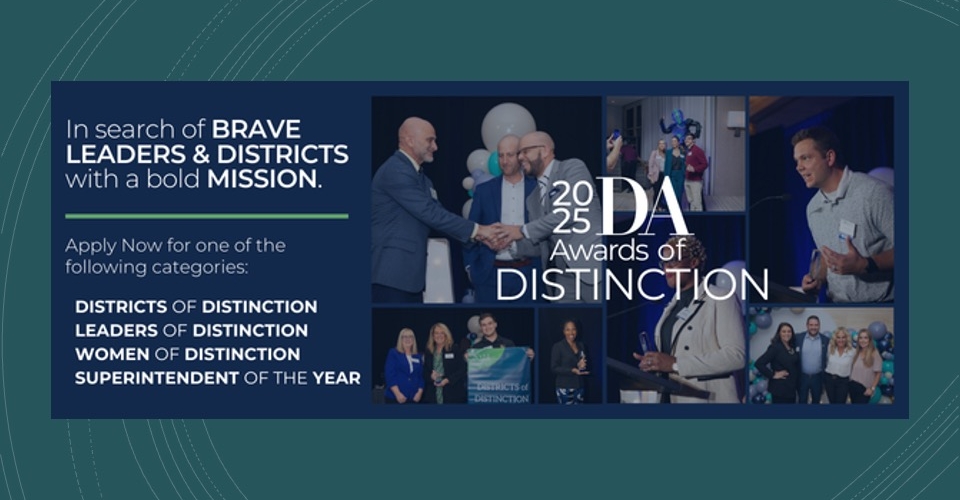Only a tiny sliver of teachers say curriculum restrictions—such as Florida’s recently defanged “Don’t Say Gay Law”—are helping students thrive academically or social-emotionally, a new survey reveals.
Over the last two years, some 18 states have passed at least one law barring educators from teaching about or even discussing race, sexual orientation, gender identity and other topics. “Students do not feel comfortable asking honest questions and teachers do not feel comfortable about giving honest answers,” one teacher said in the survey conducted by the RAND Corporation, a think tank that is closely tracking the impact of curriculum restrictions.
About a quarter of the teachers participating in the nationwide survey said that race or gender restrictions are influencing their instruction. The rates were higher in conservative-leaning counties even in states without laws that narrowed curriculum.
Talking Out of School podcast: What leaders want to achieve at the 100 Superintendent March
Overall, nearly 30% of teachers reported that restrictions had negative impacts. They said the new regulations diminish students’ sense of belonging and “could lead to long-term consequences for the future of the education system, country, and democracy,” the survey noted. Black teachers and Eng,ish language arts and secondary teachers were the most likely to see limitations as harmful for student learning.
Teachers who favored the limitations contended that race and gender are better discussed at home because the topics are inappropriate for younger kids and divide and distract students.
Here is a sampling of what teachers told the researchers about curriculum laws:
- “It unnecessarily makes the learning environment more difficult and hostile to an open exchange of ideas.”
- “If I followed the state law to the letter of the law, I couldn’t teach basic history or connect student learning to current topics and modern books.”
- “I teach in a setting that is predominantly students of color. . . . To suppress the availability of materials that reflect their lived experiences will only harm them, both socially and academically.”
- “It makes it difficult to form relationships with students that are potentially struggling with their identity. When students identify as a different name/gender and if I can’t refer to them as their preferred name it doesn’t let that student know they are valued in my classroom. When they don’t feel like a valuable classroom community member, why would they want to learn and be involved in it?”
- “I’m very grateful that my state has placed limitations on discussions of gender expression because social media does a good enough job confusing and perverting the minds of our youth [on] their own, without help from the schools.”
- “Each human being has the right to believe whatever they choose, but I will not influence nor go against what their families teach them in the home in my classroom.”
Un-limited curriculums
Some states have done the opposite of limiting curriculum and have passed laws or offered guidance to help teachers include diverse identities in instruction.
New York has provided guidance to teachers around creating a “safe, supportive, and affirming school environment for transgender and gender expansive students.” Its Board of Regents has also developed a Diversity, Equity, and Inclusion Framework to encourage schools to adopt culturally responsive instruction.
California has funded professional development in creating a positive school climate around diverse cultural and ethnic backgrounds while Washington requires educators to undergo PD in “cultural competency, diversity, equity, and inclusion,” RAND noted.



